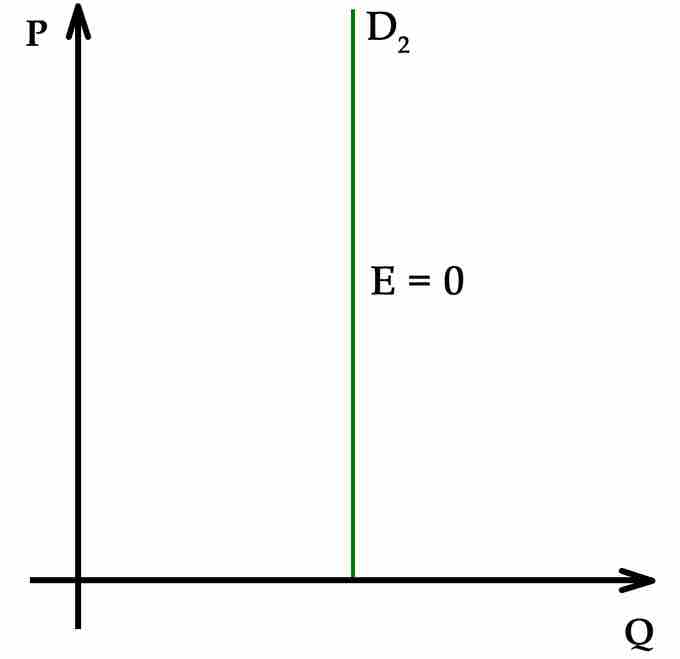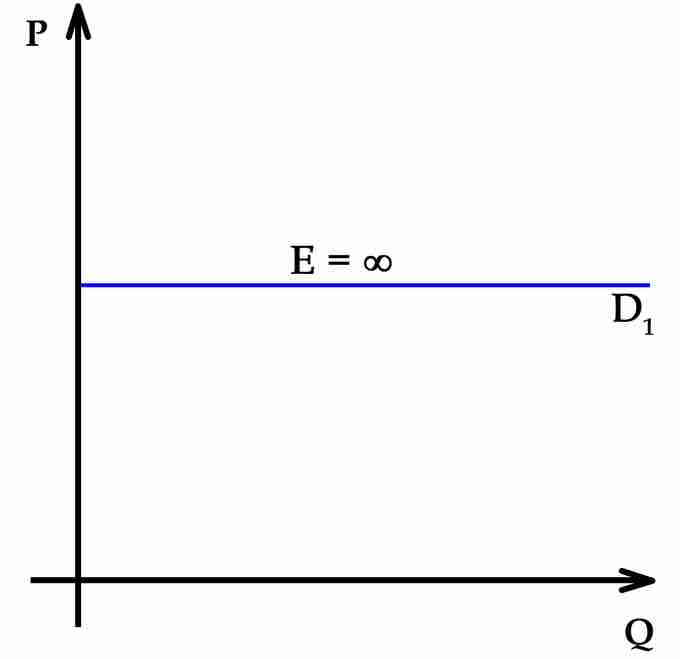The price elasticity of demand (PED) is a measure that captures the responsiveness of a good's quantity demanded to a change in its price. More specifically, it is the percentage change in quantity demanded in response to a one percent change in price when all other determinants of demand are held constant.
The formula for the coefficient of PED is:
The law of demand states that there is an inverse relationship between price and demand for a good. As a result, the PED coefficient is almost always negative. However, economists tend to ignore the sign in everyday use. Only goods that do not conform to the law of demand, such as Veblen and Giffen goods, have a positive PED.
The numerical values for the PED coefficient could range from zero to infinity. In general, the demand for a good is said to be inelastic (or relatively inelastic) when the PED is less than one (in absolute value): that is, changes in price have a less than proportional effect on the quantity of the good demanded. The demand for a good is said to be elastic (or relatively elastic) when its PED is greater than one. In this case, changes in price have a more than proportional effect on the quantity of a good demanded.
A PED coefficient equal to one indicates demand that is unit elastic; any change in price leads to an exactly proportional change in demand (i.e. a 1% reduction in demand would lead to a 1% reduction in price).
A PED coefficient equal to zero indicates perfectly inelastic demand. This means that demand for a good does not change in response to price .

Perfectly Inelastic Demand
When demand is perfectly inelastic, quantity demanded for a good does not change in response to a change in price.
Finally, demand is said to be perfectly elastic when the PED coefficient is equal to infinity. When demand is perfectly elastic, buyers will only buy at one price and no other .

Perfectly Elastic Demand
When the demand for a good is perfectly elastic, any increase in the price will cause the demand to drop to zero.